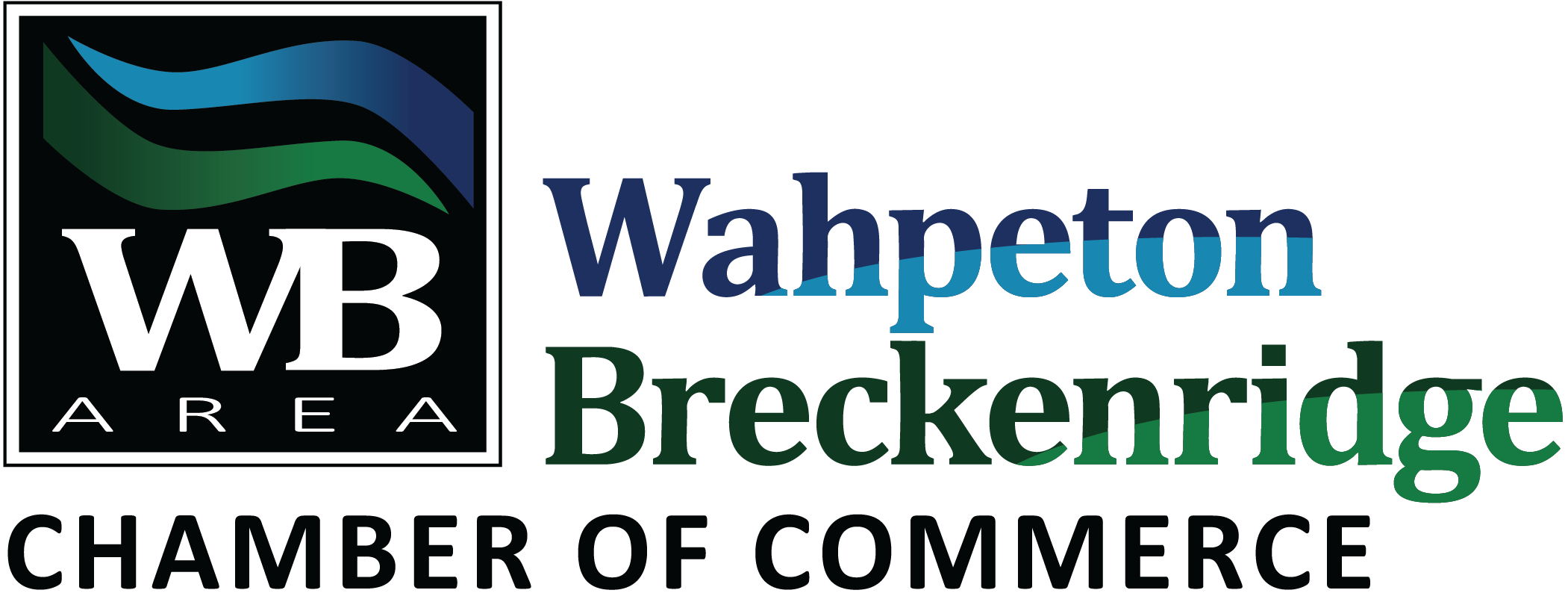Keep the Flow: How Small Business Owners Can Protect and Grow Their Cash Reserves
Cash flow is where too many small businesses win or lose the fight. Sales might look promising on paper, but if money isn’t coming in quickly enough to meet obligations, the foundation cracks. The challenge isn’t just keeping the doors open—it’s ensuring there’s enough financial space to breathe, plan, and grow. That’s why a practical, eyes-open approach to cash flow has to be baked into the daily rhythm of running a business, especially in unpredictable markets.
Don’t Just Forecast—Stress Test
It’s easy to build a rosy cash flow forecast when assumptions lean too far toward optimism. Instead of only mapping out best-case scenarios, create a version of the forecast that reflects downturns: a slow sales month, a client that pays late, a bump in supplier costs. This kind of modeling helps reveal vulnerabilities early and gives owners the advantage of planning around those dips rather than reacting to them in panic. Strong forecasting isn’t about fortune telling—it’s about controlling the narrative before someone else does.
Invoice Like It’s Your Business—Because It Is
Invoicing shouldn’t be treated as an afterthought or a task saved for the end of the month. The faster invoices go out, the faster payments can come in. Automating the process helps ensure consistency, and setting clear payment terms—net 15 or even upfront partial deposits—sets expectations from day one. For customers who routinely lag, consider offering small discounts for early payments or introducing gentle but firm follow-ups before due dates hit.
Structure That Pays Off
Forming an LLC can be a smart move for improving cash flow, and it often starts with understanding how to form an LLC in North Dakota or wherever your business is based. The structure brings clarity to finances, separating personal assets from business obligations and allowing for more organized tax planning. This clarity helps owners manage expenses with more control and reduces the risk of unexpected legal costs that can drain reserves. You can also avoid high attorney fees by opting to self-file or using a trusted business formation service, keeping more cash where it belongs—in the business.
Watch for the Slow Bleeds
Overspending doesn’t always happen in obvious places. Sometimes, it’s hidden in outdated subscriptions, overstaffed shifts, or excess inventory that just sits. A periodic expense review—monthly, not quarterly—can uncover these quiet leaks. Owners who treat every line item like it's up for debate tend to preserve more of their cash and redirect it toward real opportunities, not conveniences masquerading as necessities.
Make Friends with Your Banker Before You Need Them
Access to credit should be secured while things are going well, not when accounts are gasping for air. That means keeping bank relationships active—providing updates, keeping clean records, and occasionally asking about new financial products that could serve the business later. A solid relationship with a banker who understands the business model can open doors to lines of credit or bridge loans that wouldn’t be available in a crunch. When cash flow takes a hit, prior credibility carries real weight.
Treat Inventory Like Liquid Gold
Inventory that doesn’t move isn’t just unsold product—it’s trapped cash. The longer items sit on the shelf or in the warehouse, the less liquidity the business holds. Staying lean with inventory and adjusting orders based on real-time demand protects working capital and sharpens the business’s flexibility. Smart owners turn data into decisions, even if it means ordering more frequently in smaller batches to keep things flowing.
Build a Cushion, Not Just a Budget
Budgets are crucial, but reserves are survival. Every small business should work toward a goal of building a cash cushion—ideally enough to cover two or three months of fixed expenses. That means treating savings like a recurring bill, even if the initial deposits are small. In tough stretches, this reserve can buy time, preserve payroll, and keep critical operations humming without having to scramble for external help.
There’s no magic formula that guarantees cash flow serenity. But small business owners who actively monitor, plan, and react with discipline tend to stay in the game longer. Cash flow health isn't just about watching dollars in and out—it's about making those dollars serve the business's priorities instead of the other way around. In the end, clarity always beats chaos, and stability is what gives growth permission to happen.
Join the Wahpeton Breckenridge Area Chamber of Commerce to connect, support, and grow your business while contributing to a vibrant community!

